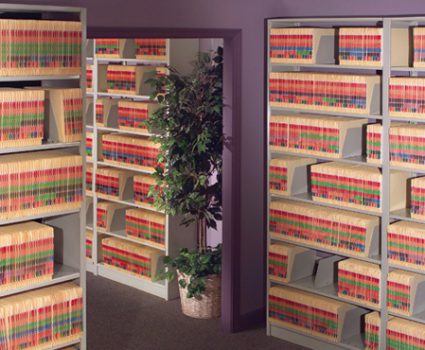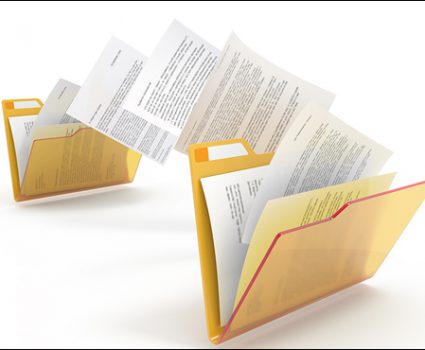
What are vital records, and how do you protect them?
Are you sure that all of your vital records are protected?
Even if you have business continuity and disaster recovery plans in place, there is a good chance those programs are not enough.
There are a few reasons for this. One is that many disaster recovery and business continuity plans typically focus on IT infrastructure and electronic data protection. This means that your vital paper documents may not be protected at all in the event of a disaster. The other common reason that vital records go unprotected is that they haven’t been clearly defined within the organization. Not everyone knows what “vital” really means.
What are vital records?
The way we like to define it, vital records are documents that are essential to the continuing operation of the organization as it is today. These can include articles of incorporation, patent documentation, business secrets and other important records, even those that have purely historical value. Depending on your definition, they may also include day-to-day documents used in operations such as accounting or HR records. The key criteria is that the records are essential to “business as usual”, and would pose major risks to the organization if anything should happen to them.
Protect your vital records
TAB has a proven methodology to identify and protect your vital records. Our vital records guide outlines five key steps:
- Step 1: Define what a vital record is
- Step 2: Apply the definition to your collection
- Step 3: Implement physical records protection
- Step 4: Create back-ups
- Step 5: Line up your recovery services
To learn more about these steps, download our Vital Records Protection Guide.





